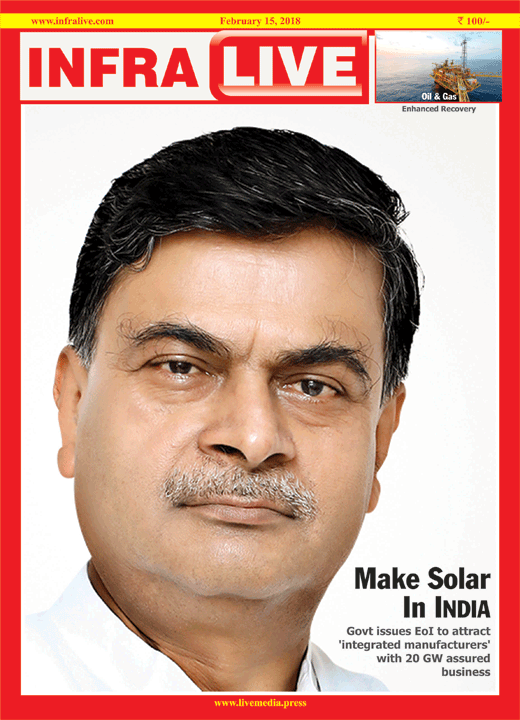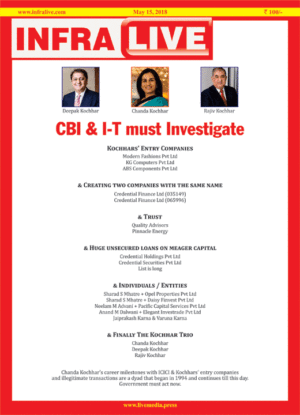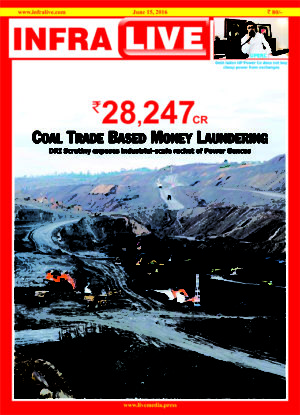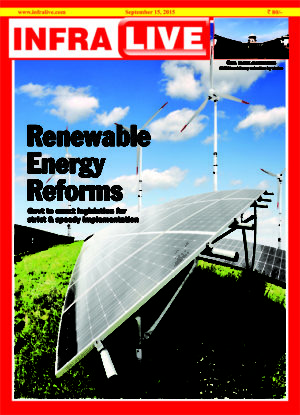In its policy evaluations on solar, MNRE had noted that the absence of assured business is creating obsolescence of existing capacities, a preponderance of downstream products (modules), an absence of the upstream chain in manufacturing in India. Stiff competition from Chinese imports, have bled domestic units and DCR has been edged out of private developer gambit by global rulings. Overall the solar situation has yielded a $2 billion a year business for Chinese manufacturers. It is against this backdrop that SECI has invited EoI from companies intending to setup integrated solar power manufacturing supply chain covering polysilicon, wafers/ingots, cells and modules to accelerate the growth of the solar photo-voltaic sector. The government intends to attract the manufacturers with 20,000 MW of assured business, and the selection shall be done through tariff-based bidding. Prospective manufacturers have to set up their units within three years.
SECI is preparing to announce tenders for solar projects by March 2018. It expects to work alongside states to announce tenders needed to reach 20 GW of ground-mounted capacity in solar parks in the 2017-18 fiscal year. Another 30 GW is expected to be tendered in 2018-19. The plan is to procure 77 GW in four years. This is the clean energy rollout of MNRE. Therefore, the thrust is that a significant volume of consumables is manufactured locally fulfilling Make in India objectives as well as clean energy requirements. The domestic sourcing will be WTO compliant, the government has stated.
The SECI EoI invites comments and suggestions from stakeholders until January 29, 2018.
The government is planning a three-pronged approach to support local manufacturers that includes: providing a level playing field with the imposition of anti-dumping duty on cells and modules, creating demand through a DCR programme, and supporting manufacturers financially by providing multiple subsidies like capital subsidy and interest subvention policy and other administrative measures.
The solar power tariffs are discovered through open transparent competitive bidding. The tariffs are consistently coming down and are very competitive. In December 2010, the solar tariff was as high as 12.16 per unit, which in December 2017 came down to 2.48 per unit. Tariff reduction has propelled solar generation capacities but Chinese manufacturers not Indians have reaped this harvest. The government wants that this should change now and hence the framework of assured business with clear milestones.




